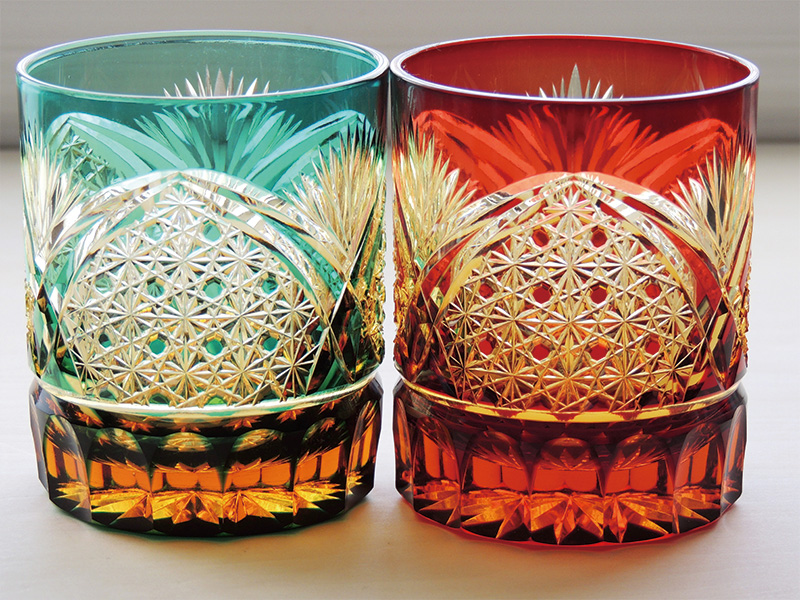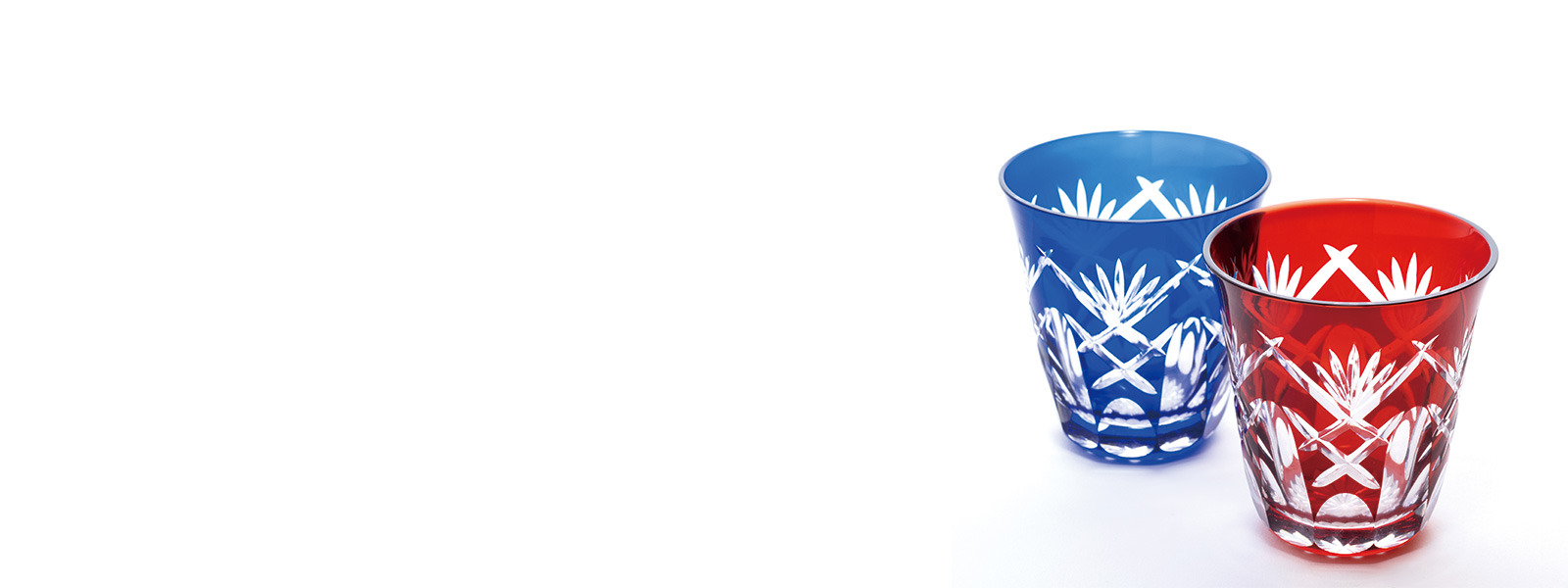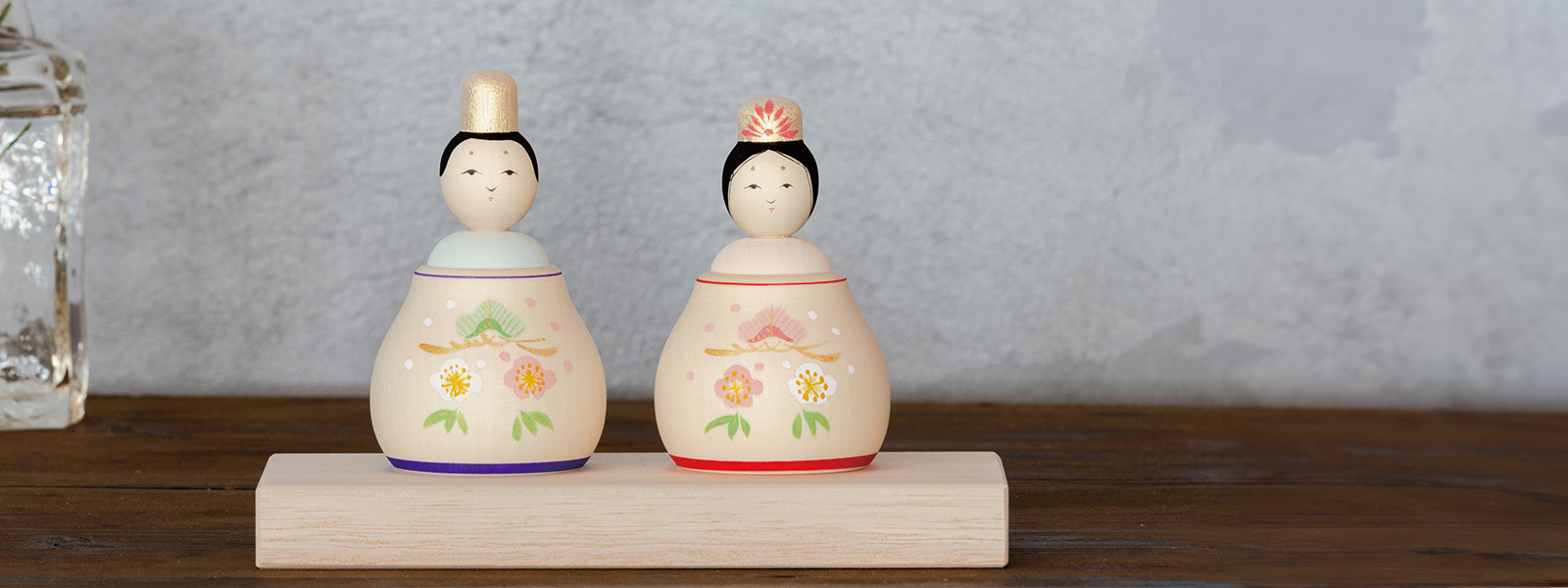Edo Kiriko, which originated in the late Edo period, was designated as a traditional craft industry of Tokyo in 1985 (Showa 60) and as a national traditional craft of Japan in 2003 (Heisei 14). It continues to be cherished and meticulously passed down through generations. Many people are captivated by the intricate patterns cut into the surface of Edo Kiriko glass through the ‘kiriko’ cutting process. This article will focus on introducing the common patterns found on Edo Kiriko and the auspicious meanings they symbolize.
Intricately Designed Traditional Patterns Embody People’s Longing for Happiness
・Arare (hail)
Arare is a pattern designed by the Satsuma Shimazu clan during the Edo period and is also one of the common patterns in Edo Komon. The Arare pattern depicts the appearance of hail falling to the ground and is one of the representative patterns of Edo Kiriko.
・Hexagonal Kagome, Octagonal Kagome
Hexagonal Kagome and Octagonal Kagome The mesh pattern of bamboo baskets is called “Kagome.” In the weaving technique of hexagonal Kagome, a hexagram pattern appears, which has been believed to have the function of “warding off evil” since ancient times.
・Yarai
“Yarai” refers to a fence made by crossing bamboo around buildings such as houses. This pattern symbolizes “defending against external enemies,” “protecting oneself from disasters,” and “warding off evil.”
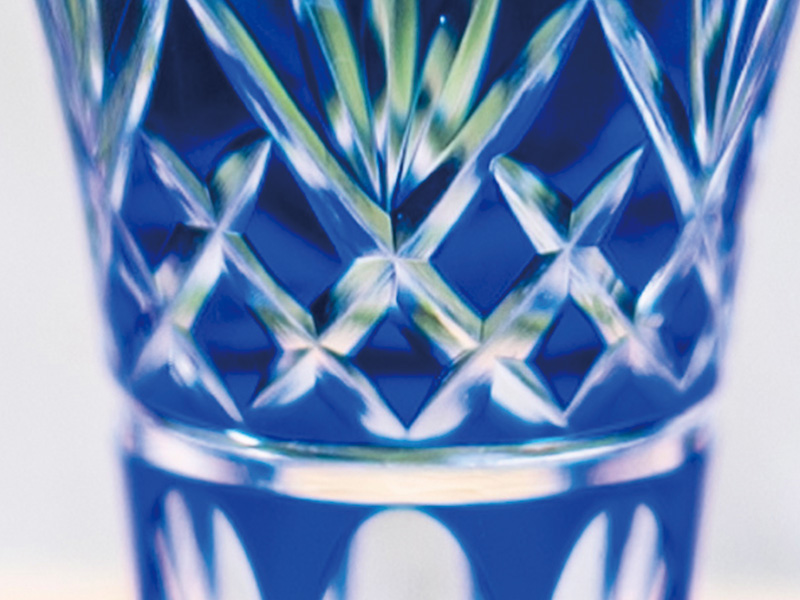
Hexagonal Kagome
・Asanoha (Hemp leaf)
The hemp leaf pattern, due to the plant’s rapid growth and straight stems, is considered a symbol of wishing for children’s healthy growth. It is often adorned on baby swaddles, the inner linings of kimonos, and obi belts.
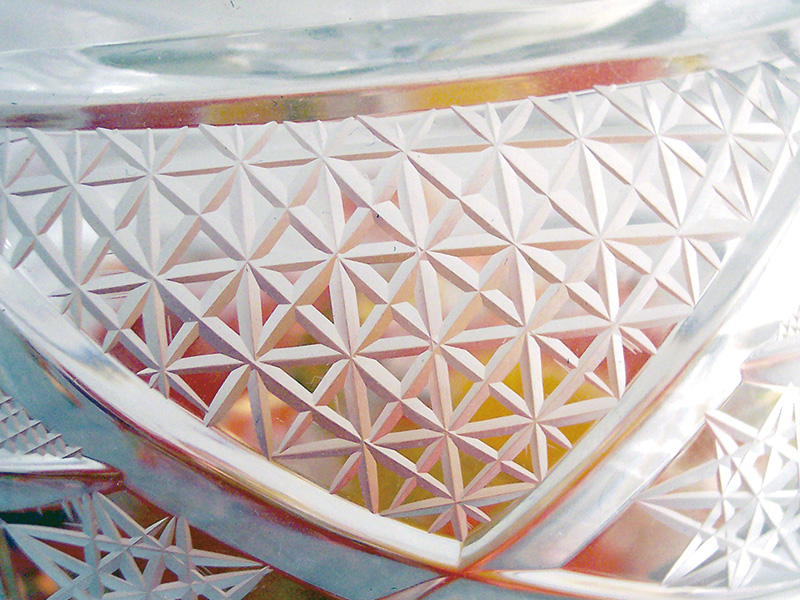
Asanoha (Hemp leaf)
・Sasa leaf
Since ancient times, the Sasa leaf, like bamboo, has been considered an auspicious pattern, often adorning formal attire and belts. Sasa is known for its strong vitality, symbolizing “longevity” and “health.”
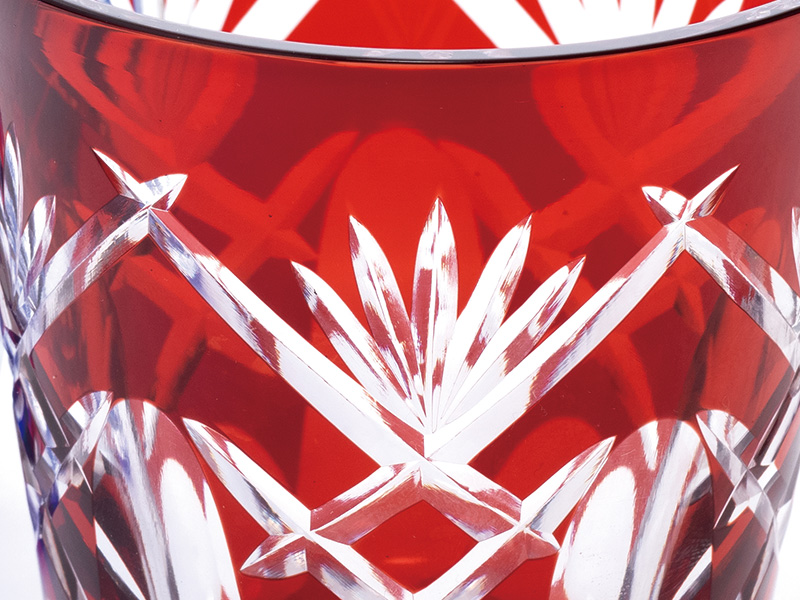
・Kiku-tsunagi (Chrysanthemum)
This pattern, resembling a chrysanthemum, is created through the meticulous cutting techniques of artisans, hence the name "Kiku-tsunagi." As the national flower of Japan, the chrysanthemum symbolizes "longevity." Additionally, the Japanese pronunciation of chrysanthemum, "kiku," can also be written in kanji as "喜久," symbolizing enduring joy.
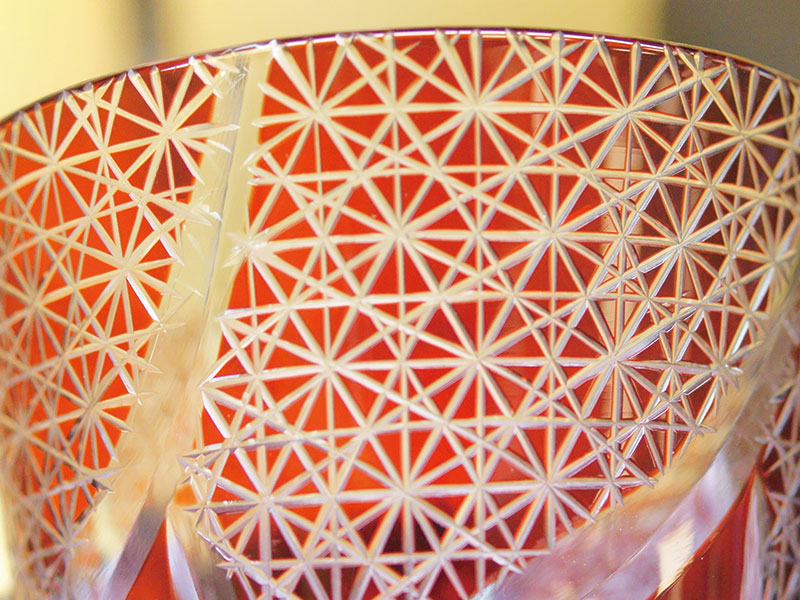
・Kikkō (Turtle Shell)
The Kikkō pattern mimics the hexagonal shape of a tortoise shell and has been considered an auspicious design since the Heian period. In Japan, there is a saying, “Cranes live for a thousand years, turtles live for ten thousand years,” thus the Kikkō pattern symbolizes “longevity.” Additionally, the hard tortoise shell is believed to have the function of “warding off evil.”
・Ichimatsu
The Ichimatsu pattern became popular due to the Kabuki actor Sanogawa Ichimatsu, who was active in the mid-Edo period. The characteristic of the Ichimatsu pattern is that it consists of the same design arranged in diverse ways, symbolizing “prosperity of descendants.” Incidentally, the “Ichimatsu dolls” that have been passed down since the Edo period were actually modeled after the appearance of Sanogawa Ichimatsu.
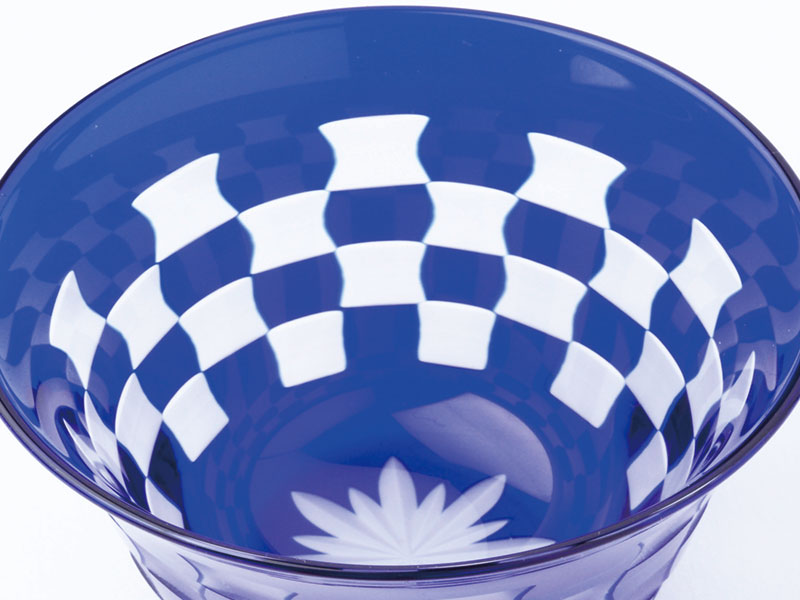
・Nanako (Fish Egg)
This pattern features continuous cut lines resembling fish eggs, hence the name. In the past, fish were called “na” in Japan and eggs were called “ko”, so the pronunciation “Nanako” is still used today. This pattern symbolizes the “prosperity of descendants.”
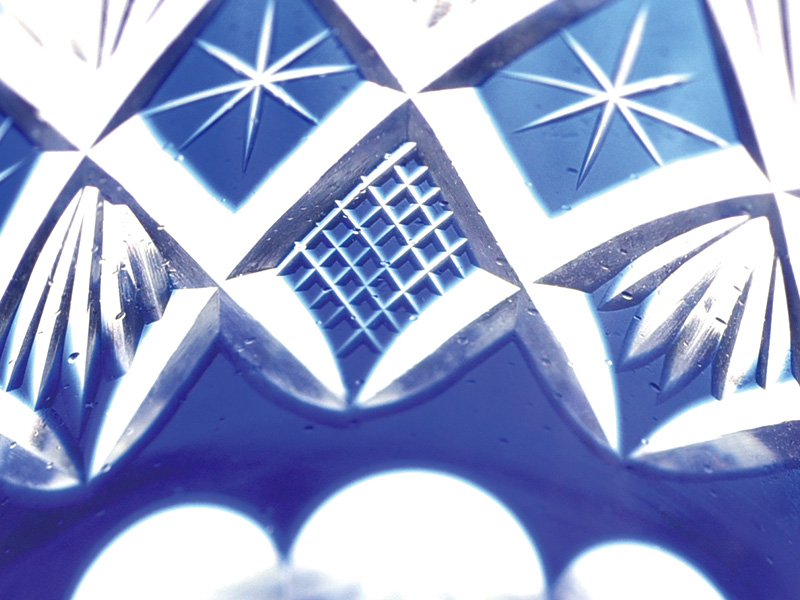
・Seven Treasures (Shippō)
Shippō refers to the seven treasures mentioned in Buddhist scriptures: gold, silver, lapis lazuli, crystal, giant clam, coral, and agate. The “Shippō pattern” is formed by overlapping circles of the same size, connected vertically and horizontally, known as “Shippō-tsunagi.” The continuous circles symbolize “perfection” and “harmony,” and the connections between people are considered as precious as the seven treasures.
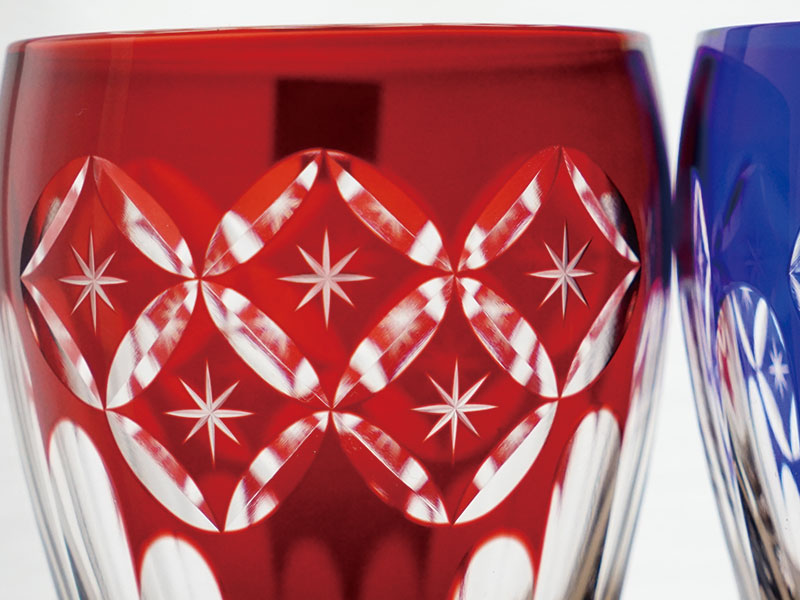
・Spider Web
This pattern often resembles a spider web, symbolizing “capturing happiness.” Spider webs frequently appear in the Manyoshu, and this pattern is also commonly used in the design of kimonos and obi belts.
The Beauty of Edo Kiriko: An In-Depth Analysis of Colors and Prices
When it comes to the colors of Edo Kiriko, many people think of colored glaze blue or copper red. Initially, most Edo Kiriko was transparent, but to better highlight the beauty of the cutting craftsmanship, “colored overlay glass” was developed, where colored glass is layered over transparent glass. This marked the rise of colored Edo Kiriko. Subsequently, light colors such as pink, light blue, green, and brown also emerged.
The price of Edo Kiriko mainly depends on the complexity of the pattern design. The more intricate the design, the more cuts are required on the surface, increasing the difficulty of production. Additionally, the deeper the color of the glass, the harder it is to cut, making “black” Edo Kiriko generally more expensive.
The contrast between the black parts of black Edo Kiriko and the original color of the cut glass creates a unique charm unmatched by other colors. However, due to the difficulty of cutting black Edo Kiriko, achieving more detailed patterns is challenging. For those who prefer intricate designs, Edo Kiriko in other colors might be a better choice.
